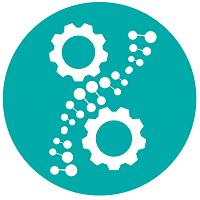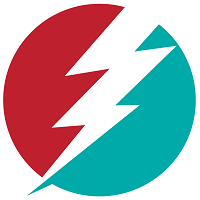Manufacturing & Analytical Characterization
Rapid Fires: Deep Dive: Characterization, Regulation & Innovation in Advanced Therapeutics
Hypoxia-Mimetic and Pulsed-Electrical Stimulation Amplify NK-Exosome Manufacturing and Immunomodulatory Activity
Monday, November 10, 2025
3:15 PM - 3:30 PM CT
Location: 302 ABC
.jpg)
Aakash Nathani, MS (he/him/his)
Graduate Student
Florida A&M University
Tallahassee, Florida
Rapid Fire Speaker(s)
Harnessing the full therapeutic potential of natural-killer-cell–derived exosomes (NK-exos) demands both high-volume manufacturing and preserved cytotoxicity. We developed a dual-modulation bioreactor that synchronously applies hypoxia-mimetic cue (CoCl₂, 75 µM) and low-frequency pulsed electrical stimulation (10 Hz, 300 µs pulses, 45 min/day) during IL-15-activation of NK cells. Compared with normal bioreactor, this regimen produced ~3.2-fold increase in particle number (p < 0.001) and ~2.4-fold increase in total protein (p < 0.001), while significantly enriching granzyme-B and FasL cargo (p < 0.01). Fluorescently tagged “electro-hypoxic” NK-exos showed superior tumor tropism in syngeneic KRAS^G12C Lewis lung carcinoma model, and flow cytometry revealed heightened infiltration of NK cells (↑1.8-fold, p< 0.001) and dendritic cells (↑3.6-fold, p< 0.001) within the TME. This establishes a scalable, GMP-amenable strategy that super-charges manufacturing and immunomodulatory activity of NK-exos, positioning them for next-generation cell-free cancer immunotherapy. Ongoing studies are optimizing stimulation parameters and delineating mechanisms between electro-hypoxic priming and exosomal payload composition.
Learning Objectives:
- Upon completion, participants will be able to understand strategies to enhance NK-exosome production using bioreactor-based stimulation methods.
- Upon completion, participants will be able to evaluate tumor uptake and immune cell infiltration after NK exosome treatment in a lung cancer model.
- Upon completion, participants will be able to explore the potential of NK exosomes as scalable immunotherapeutic tools for targeting KRAS-mutant lung tumors.


